“I’ll never forget that,” said George Strait after singing “Pancho and Lefty” with fellow Texan and country music icon Willie Nelson on Friday night (April 29), a rare collaboration coordinated to celebrate the grand opening of Austin’s new Moody Center arena — a venue that the Oak View Group, Live Nation and the University of Texas, who partnered to create it, are hoping will be similarly unforgettable.
The arena, situated on the southeastern corner of Texas’ main campus, technically opened April 20 with a John Mayer concert, and hosted several acts (including Bon Jovi and Justin Bieber) prior to last Friday. But the official grand opening came with last weekend’s sold-out two-night celebration — with Nelson, Strait and openers the Randy Rogers Band — the first night of which fell on Nelson’s 89th birthday.
Although some kinks were still being worked out ahead of the arena’s biggest shows so far, the elaborate venue’s absolute maximum of 17,000 seats still wound up full. Austinites and others paid, in some cases, hundreds of dollars over list price on the secondary market to see what might have been the prototypical Texas concert, and were rewarded with dense setlists full of classic songs, as well as an early look at what self-proclaimed “arena geek” and Oak View Group CEO Tim Leiweke calls “the best building in the history of the NCAA.”
The Moody Center replaces the 45-year-old Frank Erwin Center, the former home of the University of Texas’ men’s and women’s basketball teams and one of the city’s largest music venues. “The first thing to realize is that the live music capital of the world did not have a world-class arena,” explains Moody Center general manager Jeff Nickler. “You had arguably the fastest growing major market in the country, along with a college population of 50,000 students, with no world-class venue for touring acts.”
“Now, anybody that’s playing Texas is definitely going to come to Austin,” adds Austin native Charles Attal of C3 Presents and Live Nation, who co-founded the Austin City Limits festival.
When Texas put out a call for proposals to replace the Frank Erwin Center, the Oak View Group — which Leiweke co-founded with Irving Azoff in 2015 — put together a unique plan in which they would partner with Live Nation and C3 Presents as well as Matthew McConaughey (for a little additional Texas flair) to privately fund the $375 million project and then sign the deed over to the University of Texas, in exchange for a 35-year lease as well as the vast majority of concert and concession revenue. UT gets 60 nights a year for its men’s and women’s basketball games, as well as any other events they might choose to host in the arena.

The arena would replace a parking lot Texas already owned, requiring minimal disruption to the campus status quo and promising even better flow in the future, once a tunnel project that would submerge the adjacent Interstate 35 freeway was completed. Event attendees will be able to park at an already existing garage on the opposite side of the highway and walk over. Leiweke also envisions turning the Moody Center’s western plaza into a beer garden on fall Saturday mornings so Longhorn football fans can stop and grab a drink on their way to the stadium.
The smooth integration into the campus and city was certainly enticing, but not what really sets the Moody Center apart from its peers nationally. That distinction comes back to two things: the founding public/private partnership, and the fact that this arena was designed and conceived with music at its core. “Music is our anchor tenant,” as Nickler puts it. “In other major market arenas, the NBA team and the NHL team call all the shots, and the focus and calendar are skewed in favor of the team. Instead, our goal is to have 150 nights of entertainment a year, which is incredibly busy for an arena.”
It’s also the first time Live Nation has been an equity investor in an arena. Combine that investment with the obvious sway Azoff holds in the industry, and it’s hard to imagine a place better positioned to dominate the touring market. “When you put the influence of Irving on the manager side and Live Nation on the promoter side together, it’s a perfect storm for generating a very robust calendar of content,” says Nickler.
It’s not the first time a public/private hybrid model has been used to fund a large-scale venue, but it is one of both the flashier and more clear-cut examples: Texas will only pay for some utilities and roadwork around the stadium, with private funding taking care of the building itself, including many touches meant to appeal to a so-called “premium” market. There are 44 suites, 57 loge boxes, three clubs and almost 2,000 club seats, as well as a “super VIP” invite-only club, the Moët & Chandon Impérial Lounge. Those seated in the suites have access to a separate driveway and entrance.
Leather and wood accents throughout the arena contribute to its broadly Western feel; an enormous curved accent wall covered in imported wood stretches over the main entrance and a large terrace that is open to all attendees, from which you have a view of both the Texas Capitol and the UT Tower — two of the most distinctive elements of Austin’s skyline. There are also large murals throughout the concourses, as well as a slew of photos from Austin City Limits and other local concerts. “We were really driven by being kind of Austin weird,” as Leiweke puts it.
Adding to the building’s distinctive music focus is an emphasis on acoustics, one that Leiweke and his colleagues expect to keep tweaking. Instead of using blackout curtains to shield the upper bowl during smaller events, for example, the Moody Center has push-button acoustic panels that cover the top tier of seats in a kind of upholstered casing that allow the venue to not just look more intimate but sound that way too — a feature that they’re expecting to use for UT basketball games as well as 5,000-7,000 seat shows.
“I couldn’t be happier about the sound,” said Attal. “It’s the best sounding arena I’ve ever been in, to be honest.”
“Justin [Bieber] said it was one of the best acoustical buildings he has ever played in,” Leiweke boasted.
All involved credit Louis Messina and the Messina Touring Group with making the Strait/Nelson bill happen. Those artists have rarely shared a stage in any capacity over the years, much less a marquee in the heart of their oft-cited home state. “It was a no brainer to everybody in the region,” says Attal. “When you’ve got a brand new building opening up here, you got to get the kings of Texas to come play.”
With a calendar that includes The Eagles, Jack White and Daddy Yankee, the Moody Center will continue to be tested as it pieces together all the details that supply-chain problems have kept management from finalizing; Leiweke lamented the rented furniture filling the loge boxes, and the fact that parts for one escalator had just arrive the day before the grand opening. “Our problem now is that the demand on this building is the best I’ve ever seen,” he said. “Even better than the Staples Center when I opened that in Los Angeles.”
Nickler and Attal see plenty of possibilities for integrating the Moody Center into Austin’s already lively festival scene, like playing host to ACL afterparties or SXSW opening night shows. For the Oak View Group, in turn, the Moody Center is just one piece of their expanding arena empire. Leiweke is focused on a new arena in Coachella Valley, slated to open in December; a massive renovation of Baltimore Arena; a new 23,000-seat music-specific arena in Manchester that Harry Styles invested in, scheduled to open next year, and a Las Vegas arena that they’re hoping will draw an NBA franchise to Sin City.
Leiweke is confident in the profitability of his music-centric model, and the precedent he’s setting with the Moody Center and Seattle’s Climate Pledge arena, the group’s first big arena construction project. He and his collaborators and staff emphasized the building’s quality and distinctiveness as much as its price tag.
“We built this room to last another half century or even a century,” said Attal. “Hopefully the design is timeless, and it’ll be around for decades to come for the city of Austin to enjoy.”
[flexi-common-toolbar] [flexi-form class=”flexi_form_style” title=”Submit to Flexi” name=”my_form” ajax=”true”][flexi-form-tag type=”post_title” class=”fl-input” title=”Title” value=”” required=”true”][flexi-form-tag type=”category” title=”Select category”][flexi-form-tag type=”tag” title=”Insert tag”][flexi-form-tag type=”article” class=”fl-textarea” title=”Description” ][flexi-form-tag type=”file” title=”Select file” required=”true”][flexi-form-tag type=”submit” name=”submit” value=”Submit Now”] [/flexi-form]
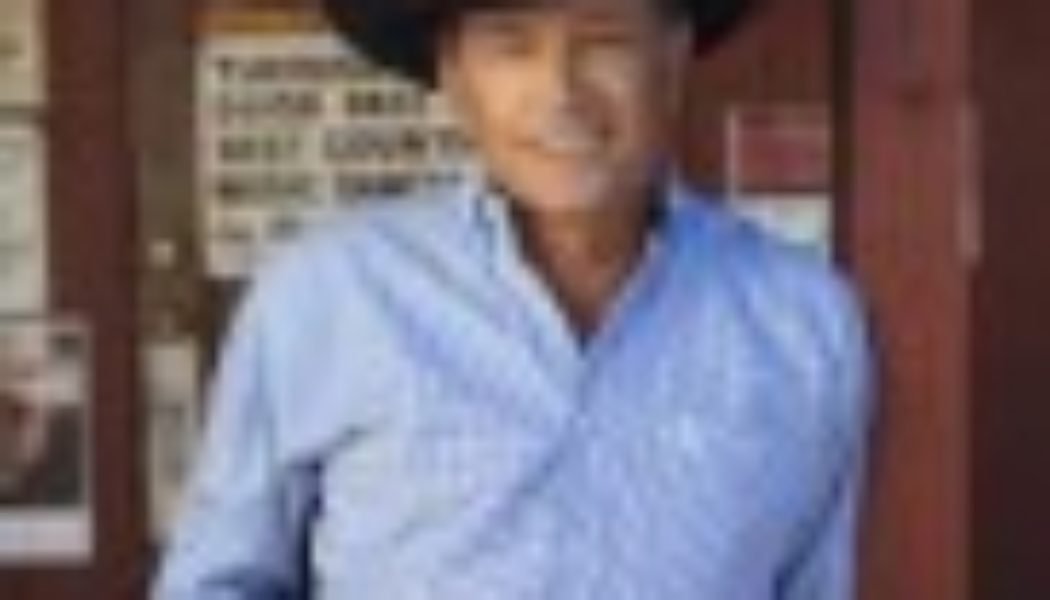


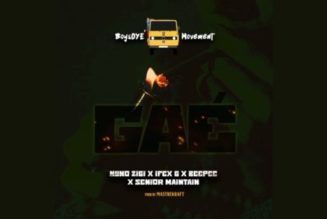


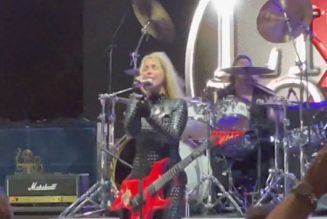
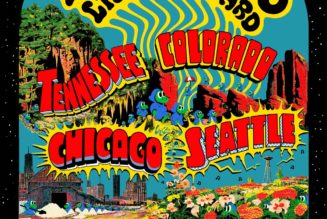
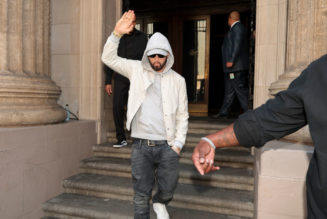
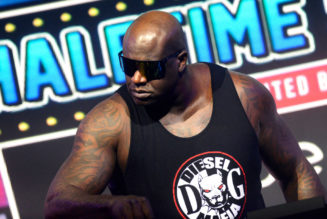
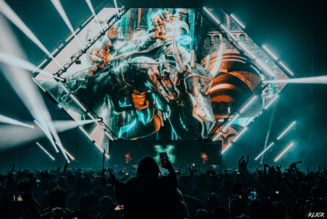
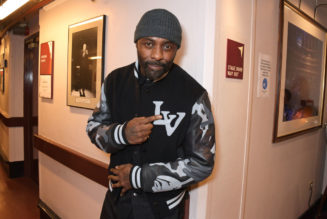
Tagged: Concerts, Country, entertainment blog, music, music blog, Oak View Group, Venues